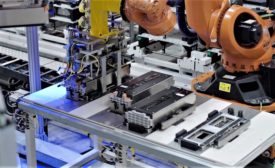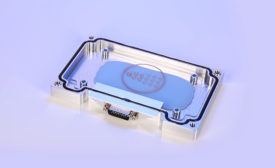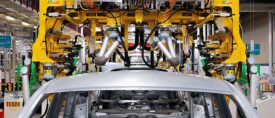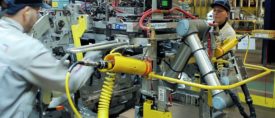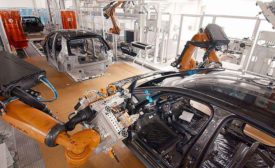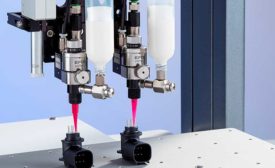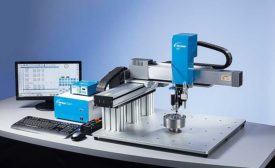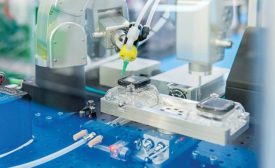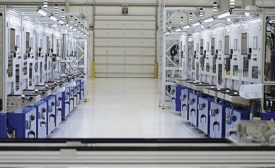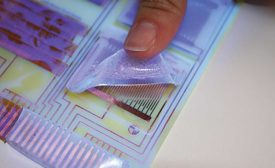Home » Keywords: » robotic dispensing
Items Tagged with 'robotic dispensing'
ARTICLES
Robotics
Some 100 six-axis robots weld, bond and package EV batteries at the FAW-Volkswagen Automobile Co. Ltd. assembly plant.
Read More
Beyond the Welding Line: Robots and Automotive Assembly
Humans and machines are collaborating on trim lines.
April 12, 2022
Dürr Helps Volkswagen Go All-In on EV Assembly
Flexible automated equipment drives screws, dispenses adhesive and fills refrigerants.
August 6, 2021
Dispensing Challenges and Solutions
Engineers from diverse industries weigh in on challenges they face when dispensing adhesives and other materials.
February 4, 2021
The Role of Vision in Robotic Dispensing
Vision-guidance can improve the speed and precision of robotic dispensing processes
May 7, 2020
Small Robots Play a Big Role in Automation
Compact tabletop machines are becoming more popular with manufacturers
April 2, 2020
Agile Automation System Assembles Automotive Inverters
The flexible system can produce three variants of the product
November 5, 2019
Hot-Melt Adhesives for Electronics Assembly
A new generation of hot-melts is being used to assemble smartphones, tablet computers and other electronic devices.
January 5, 2018
Get our new eMagazine delivered to your inbox every month.
Stay in the know on the latest assembly trends.
SUBSCRIBE TODAY!Copyright ©2024. All Rights Reserved BNP Media.
Design, CMS, Hosting & Web Development :: ePublishing
